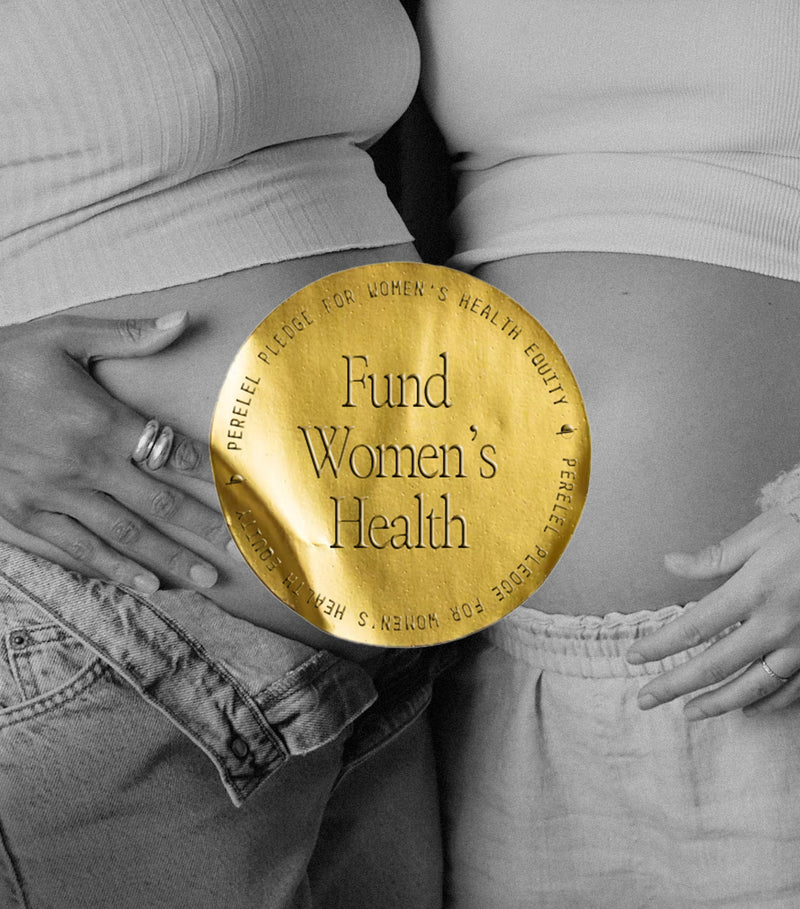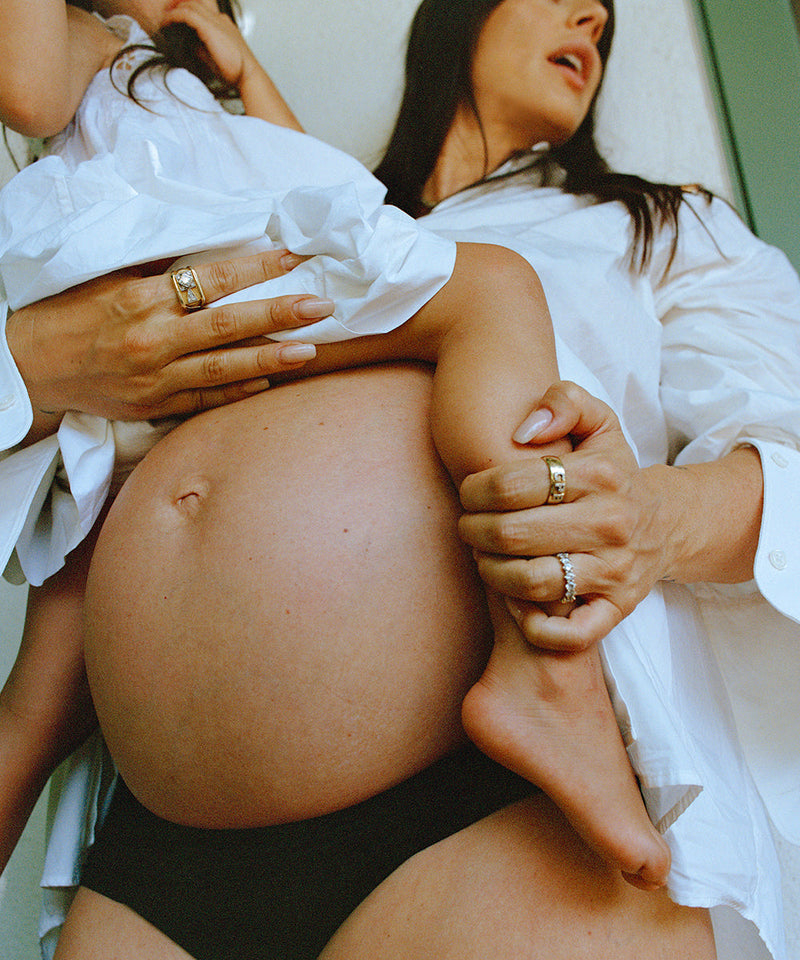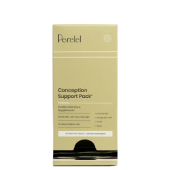Women's health research can be broadly categorized in one word: overlooked. In 1977, all women who were deemed to have “childbearing potential” (aka most women) were banned from clinical studies legally—though prior to then, inclusion wasn't exactly a priority. It wasn’t until 1993 that codified a new NIH inclusion policy for women and minorities into law. (Prior to that, the vast majority of trial participants were white men.)1
But understanding, and more importantly, putting money, time, and research into the understanding of women’s bodies is absolutely needed not only for the health of women, but for the health of us all. It's why we've pledged $10M to #FundWomensHealth and address longstanding gaps in maternal healthcare, and why we're calling on Congress to increase NIH funding, close the research gap—and create a world with more healthy, supported women. (You can sign the petition here.)
And it's not just about improving outcomes and care for women, which is clearly long-overdue. In reality, investing in women's health unlocks economic potential for all of us. Let's take a closer look.
1. Investing in women's health boosts the economy at large
According to a report from the McKinsey Institute and the World Economic Forum, investing in women’s health has the potential to boost the global economy by $1 trillion annually by 2040—a 1.7 percent increase in the average per capita GDP generated by women. Not only that, but for every $1 invested in women’s health, $3 is added to the economy.2
2. Investing in women's health means more jobs (for the betterment of us all)
In the past four years, women’s health newcomers received $2.2 billion in funding. Some 60 percent of the top deals exclusively addressed women’s health, specifically endometriosis, fertility, and maternal and neonatal health.2 Addressing the research gap could generate the equivalent impact of 137 million women accessing full-time positions by 2040.2
Shop the Article:
3. Investing in women's health means improved maternal mortality (and better access to prenatal care)
A WEF report shows that investing in the training and upskilling of midwives could save an estimated 4.3 million lives per year and prevent roughly two-thirds of maternal deaths, 64 percent of newborn deaths, and 65 percent of stillbirths.3 Not only that, but women are often the primary caregivers for children and the elderly.4 When all women have the ability to be healthy, the entire family benefits from better care and healthier environments, which creates a ripple effect in family well-being and public health.
4. Investing in women's health means a better understanding of women-specific conditions (that ultimately impact us all)
Women are expected to spend 25% more of their lives in poor health, relative to men. (On average, women will spend about nine years of their lives in poor health—and more than half of this gap occurs during their “working years.”)2 Things like chronic pain, anxiety, and depression manifest more often in women than men, and by studying them as related to gender, we can understand both physiological and mental implications more deeply, leading to more effective and tailored treatments for both women and men.
5. Investing in women's health means safer and more tailored prescriptions
When we look at men and women differently in health research, we begin to understand key differences, and this can lead to more personalized health recommendations and drug dosages. Historically, drug trials focused on male subjects, which didn’t account for how women metabolize drugs differently. As a result of more inclusive research, doctors now have a better understanding of how medications affect different groups. This leads to safer, more effective treatments tailored not just by gender but by individual biology, improving outcomes for all.
7. Investing in women's health will ease the disease burden
Many diseases that affect women more than men, like HIV/AIDS5, cervical cancer6, and complications during pregnancy7, have wider effects on society. Tackling these issues not only helps those directly affected but also improves overall health, increases life expectancy, and contributes to global health progress.
Next up: Everything you want to know about the women's health research gap, including some super alarming facts about it.
Sign up to receive doctor-backed, stage-specific content in your inbox each week.
theFolio in Your Inbox
References:
- History of Women’s Participation in Clinical Research, NIH
- Closing the Women’s Health Gap, McKinsey
- Leaders in Women’s Health Call for More Investment in Midwives, World Economic Forum
- Gender differences in Caregiving Among Family, NIH
- WHO, HIV/AIDS Fact Sheet
- WHO, Cervical Cancer Fact Sheet
- Centers for Disease Control and Prevention (CDC), Pregnancy-Related Complications
This article is for informational purposes only. It is not, nor is it intended to be, a substitute for professional medical advice, diagnosis, or treatment and we recommend that you always consult with your healthcare provider. To the extent that this article features the advice of physicians or medical practitioners, the views expressed are the views of the cited expert and do not necessarily represent the views of Perelel.






















